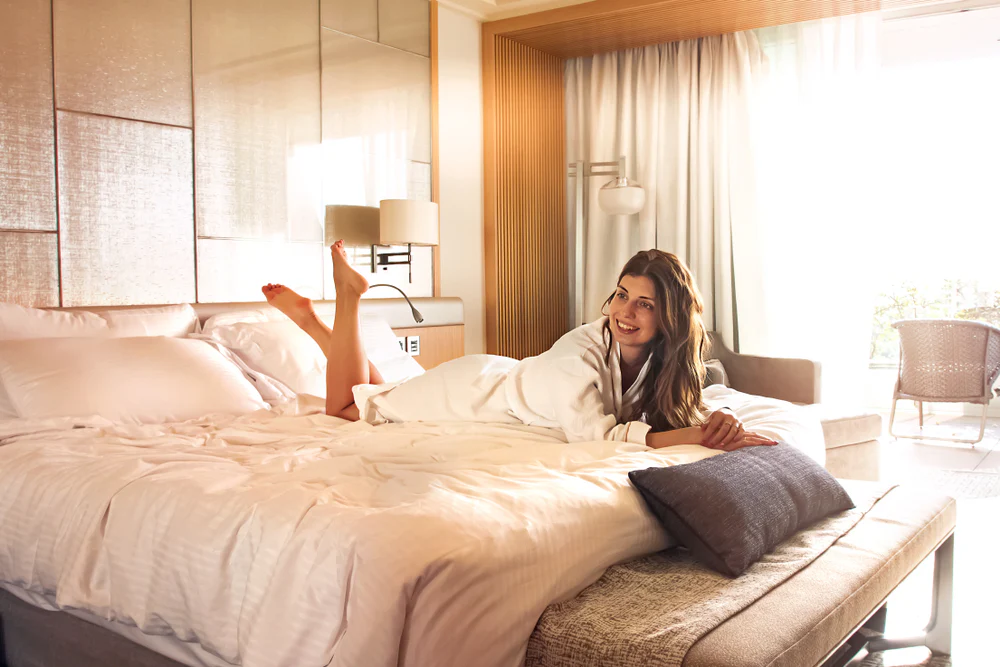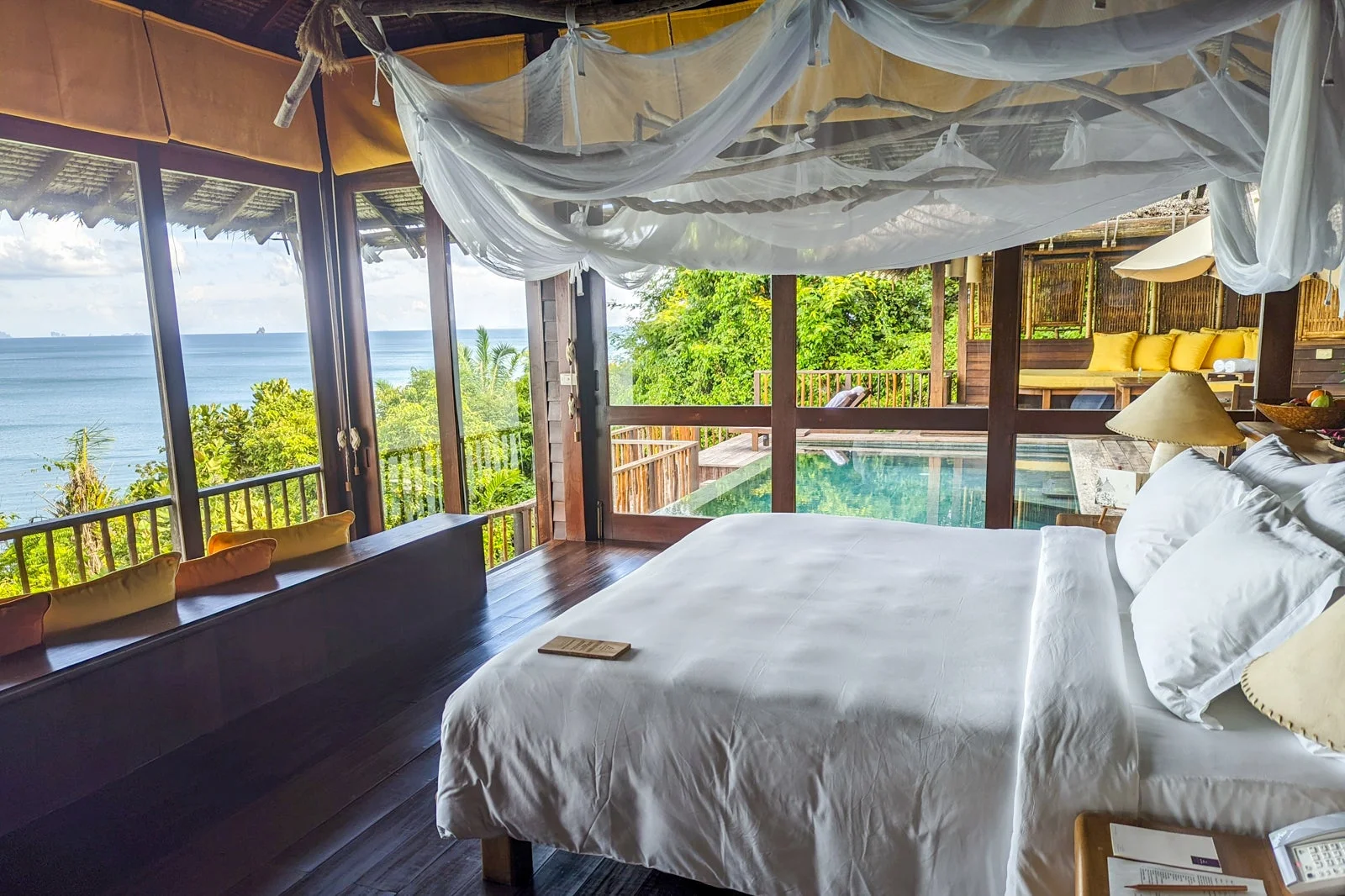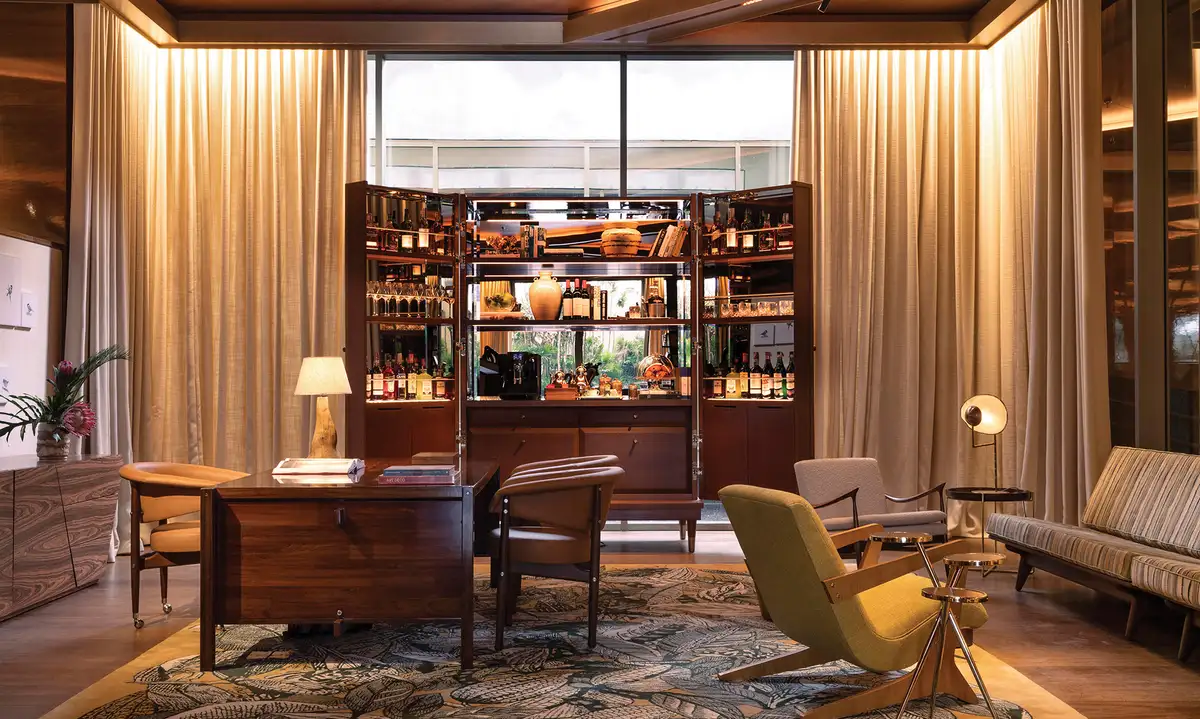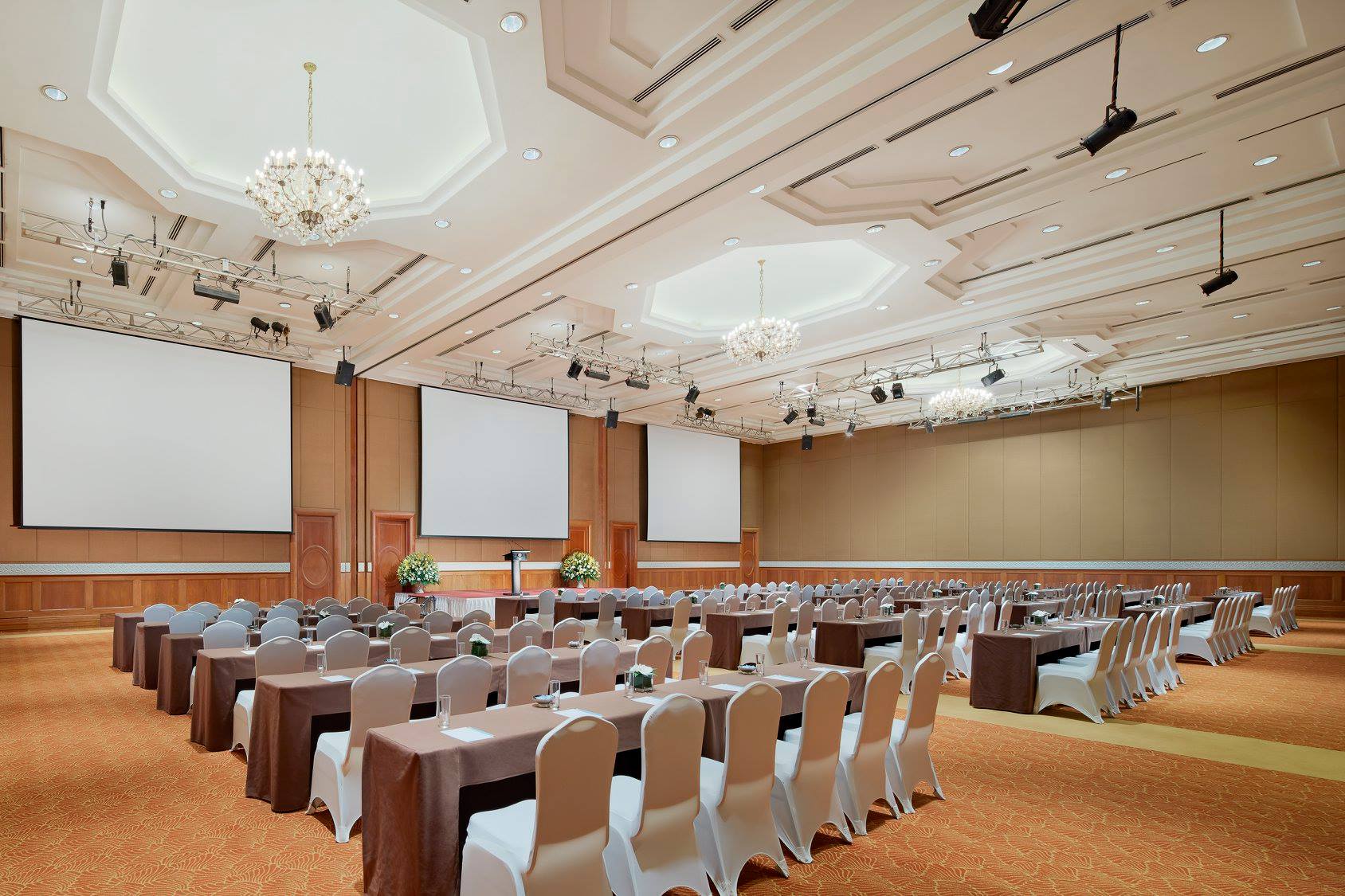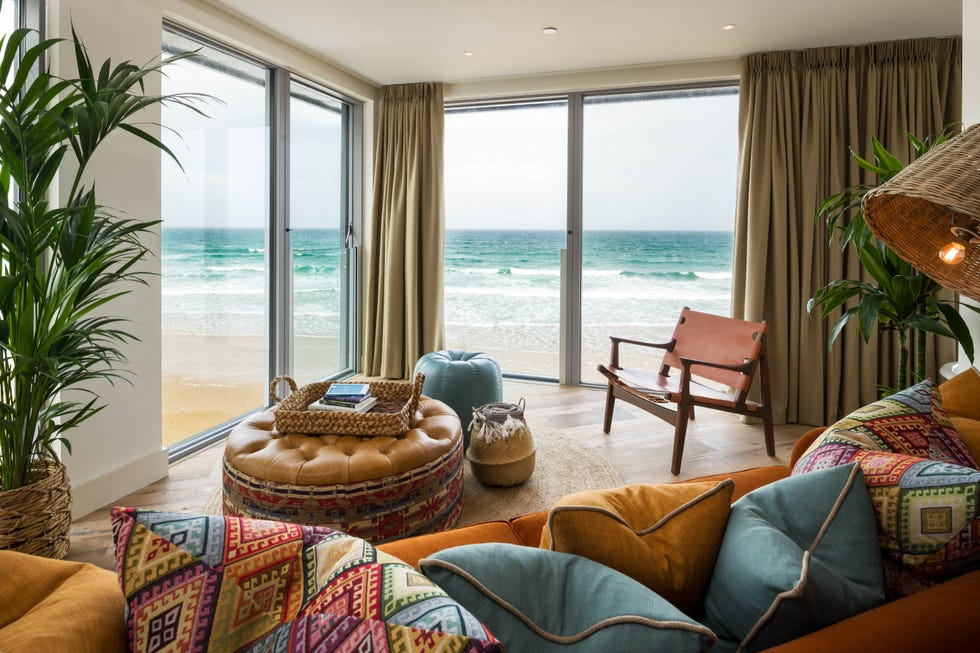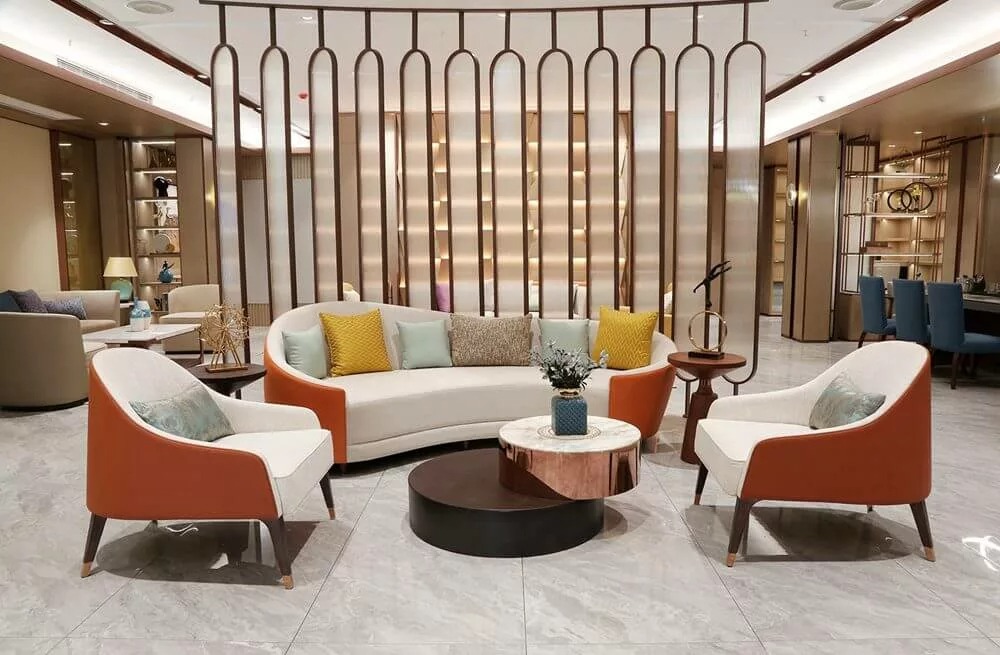The Role of Outdoor Furniture in Resort Guest Experience
Thứ 7, 08/11/2025
Administrator
16
In luxury resorts, outdoor spaces are as important as the rooms themselves. The poolside, terrace, and garden become extensions of the guest experience, blending nature with comfort. Outdoor furniture transforms these areas from transitional spaces into destinations of relaxation and connection. In this article, Ngoc Hoang Anh explores how thoughtful design and material innovation enhance the emotional and sensory experience of resort guests.
1. Outdoor Living as an Extension of Resort Identity
Resorts that embrace outdoor design create seamless transitions between architecture and landscape. Every terrace, patio, and garden lounge contributes to how the brand expresses its lifestyle philosophy. Outdoor furniture becomes a storytelling tool, reinforcing the balance between luxury, nature, and comfort.
1.1 Creating Spatial Continuity
Outdoor lounges should feel like natural extensions of indoor living spaces. Matching materials, tones, and proportions creates harmony, while open layouts encourage free movement and interaction with the environment.
1.2 Connecting Guests with Nature
The best resort designs invite guests to immerse in the landscape. Comfortable seating under shade, well-placed loungers facing the sea, or quiet reading corners in a garden create moments of intimacy and calm. Furniture arrangement becomes a way to choreograph relaxation.
1.3 Expressing the Brand’s Outdoor Lifestyle
Outdoor furniture defines a resort’s personality. Whether minimalist, tropical, or rustic, the design language tells guests what kind of experience to expect. When chosen carefully, these elements reinforce identity and set emotional tone from the very first glance.
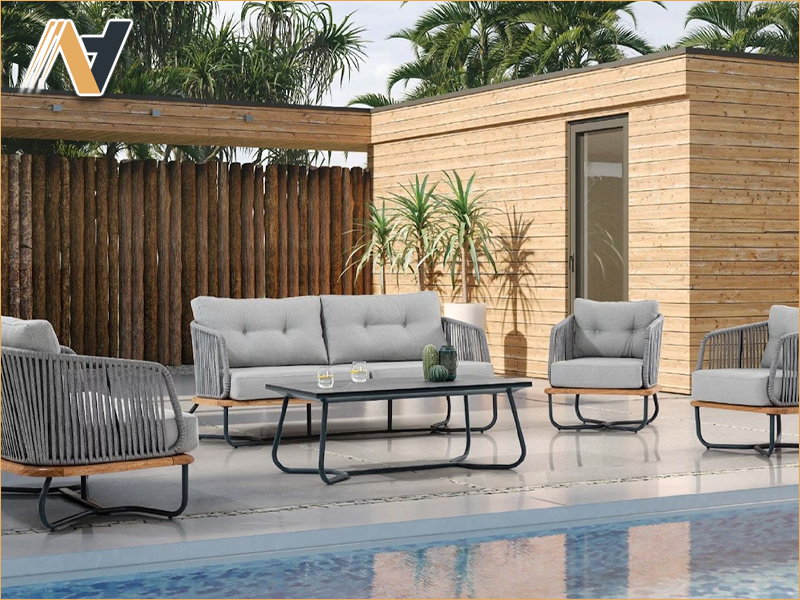
2. Material Innovation for Coastal Durability
Outdoor furniture in resort environments must withstand humidity, sunlight, and salt exposure without losing its elegance. Advances in material technology allow furniture to retain its appearance and performance in coastal climates. Selecting the right combination of finishes, frames, and textiles ensures long-term value and visual harmony with the natural surroundings.
2.1 Weather-Resistant Frames and Finishes
Aluminum, stainless steel, and synthetic rattan provide strength while resisting corrosion. Powder-coated finishes protect against fading and oxidation. Each piece should maintain its form and color through seasonal changes and constant outdoor use.
2.2 Quick-Dry and UV-Stable Fabrics
Textiles are exposed to intense sunlight and moisture daily. High-performance fabrics with UV stability, water repellence, and fast-drying foam cores prevent discoloration and mildew. These innovations ensure comfort and cleanliness throughout the day.
2.3 Sustainable and Low-Maintenance Options
Eco-friendly materials such as recycled polymers and sustainable teak offer both durability and responsibility. Minimal maintenance requirements support operational efficiency, allowing staff to focus on service rather than upkeep.
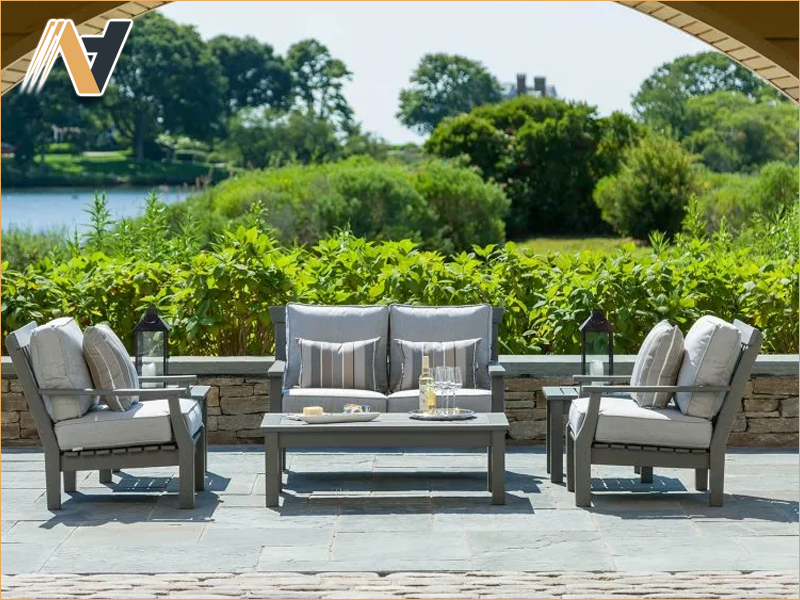
3. Design Comfort and Spatial Experience
Comfort is the foundation of outdoor hospitality. Beyond visual beauty, design must engage the senses and invite guests to linger. The balance of proportion, seating position, and layout determines how relaxation unfolds under open skies. Every curve, cushion, and distance plays a role in shaping an atmosphere of effortless luxury.
3.1 Ergonomic Comfort in Open Settings
Outdoor seating should support natural posture while offering softness that adapts to the body. Proper seat depth and incline encourage rest without compromising elegance. Comfort becomes a silent dialogue between the body and environment.
3.2 Proportion and Visual Balance
Furniture must align with scale and view. Oversized lounges may block scenery, while smaller pieces can feel lost in expansive landscapes. Balanced proportions ensure openness and preserve the spatial rhythm between architecture and nature.
3.3 Emotional Connection through Atmosphere
Designing for comfort also means designing for feeling. Soft fabrics, ambient lighting, and the sound of nearby water deepen sensory pleasure. When all elements work in harmony, guests experience relaxation as both physical and emotional renewal.
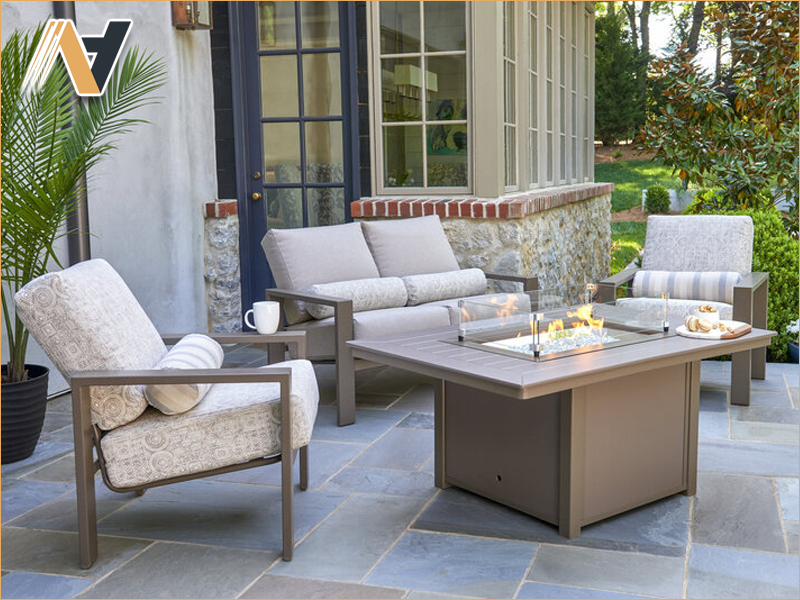
4. Layout Planning and Zoning for Outdoor Spaces
Outdoor design requires more than arranging furniture; it is about orchestrating how guests move, see, and feel across open areas. Effective zoning transforms terraces, gardens, and pool decks into purposeful experiences. Each section must balance privacy, function, and flow to create a coherent atmosphere that feels both spacious and intimate.
4.1 Flow and Functional Transitions
Clear pathways guide guests naturally from one experience to another lounge to dining, pool to bar, or garden to spa. Smooth circulation allows staff to operate efficiently while preserving a calm and uninterrupted guest experience.
4.2 Privacy and Spatial Definition
Zoning through screens, planters, or subtle elevation changes defines private areas without physical barriers. This soft division encourages comfort and curiosity, letting guests enjoy personal space while still feeling part of a shared environment.
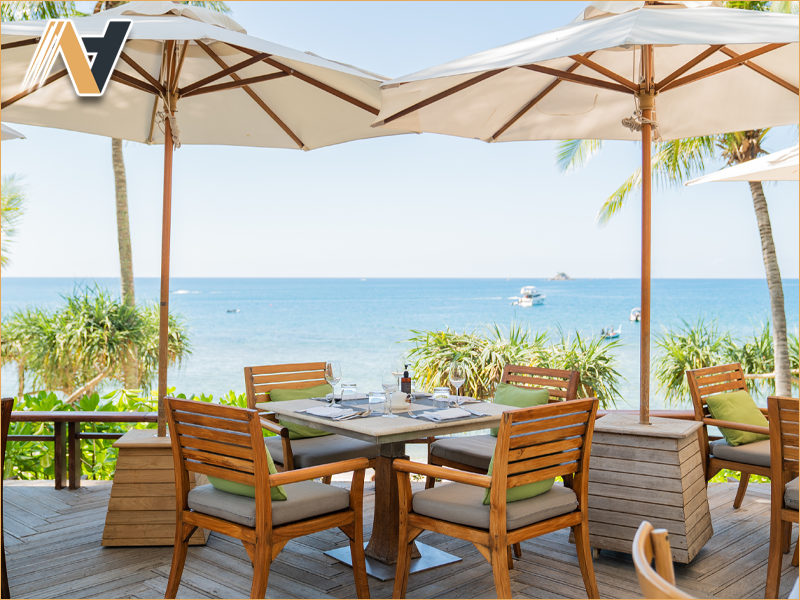
5. Sustainability and Design Longevity
Sustainability has become a defining measure of quality in modern resort design. Outdoor furniture should not only look beautiful but also age gracefully and minimize environmental impact. Longevity ensures consistent guest satisfaction while reducing waste and maintenance over time. Thoughtful material sourcing and repair-friendly construction create enduring value for both the operator and the planet.
5.1 Environmentally Conscious Materials
Choosing renewable and responsibly sourced materials supports both durability and eco-ethics. Certified teak, recycled aluminum, and woven fibers made from ocean plastics offer resilience while telling a meaningful sustainability story.
5.2 Design for Durability and Repair
Resort furniture faces constant exposure to natural elements. Modular construction and replaceable parts extend usability, allowing damaged components to be restored without discarding entire pieces. This approach preserves beauty and reduces costs.
5.3 Timeless Aesthetic Principles
Sustainable design transcends trends. Neutral palettes, balanced proportions, and natural finishes ensure longevity beyond seasonal shifts. When style is timeless, furniture remains relevant for years without losing appeal.
5.4 Maintenance Essentials Checklist
To maintain long-term quality:
-
Clean surfaces regularly with mild, eco-friendly products.
-
Store cushions in ventilated areas during heavy rain.
-
Inspect joints and fasteners every season.
-
Apply protective coating annually for extended lifespan.
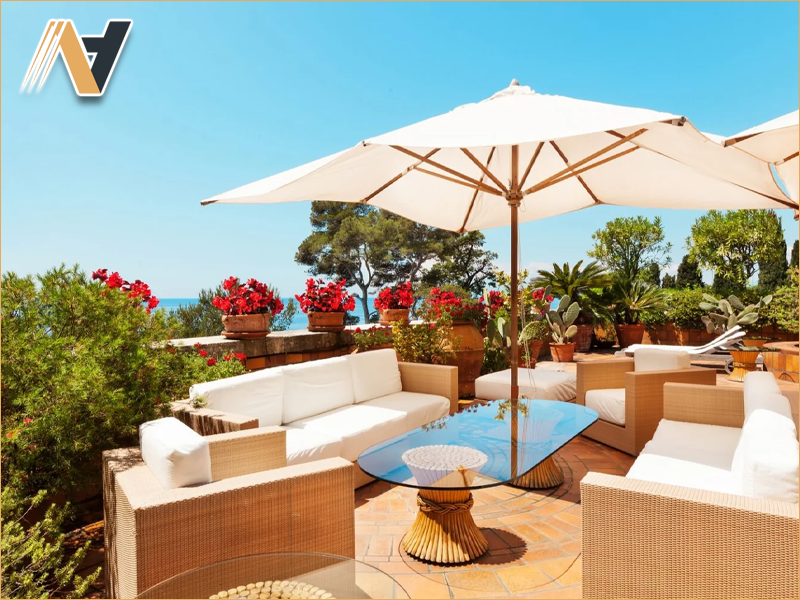
Conclusion
Outdoor furniture is more than a decorative feature; it defines how guests connect with nature, comfort, and the spirit of a resort. The right design transforms terraces and gardens into experiences of tranquility and belonging. Durable materials, thoughtful proportions, and sustainable craftsmanship elevate both aesthetics and emotional value.
For hospitality projects seeking elegant, enduring, and climate-ready designs, Ngoc Hoang Anh provides professional Vietnam hotel furniture OEM solutions that unite creativity, precision, and quality for world-class resort interiors.
Contact us today for professional consultation and high-quality production support for your hospitality project.
-----
NGOC HOANG ANH TRADING COMPANY LIMITED
Tax Code: 3702874413
Address: No. 288/28/10 Huynh Van Luy Street, Zone 7, Phu Loi Ward, Ho Chi Minh City, Vietnam
Warehouse: No. 1/91, Thuan Giao 02 Street, Binh Thuan 2 Residential Quarter, Thuan Giao Ward, Ho Chi Minh City, Vietnam
Phone/Whatsapp/Wechat: +84342076666
Email: info@ngochoanganh.com.vn




